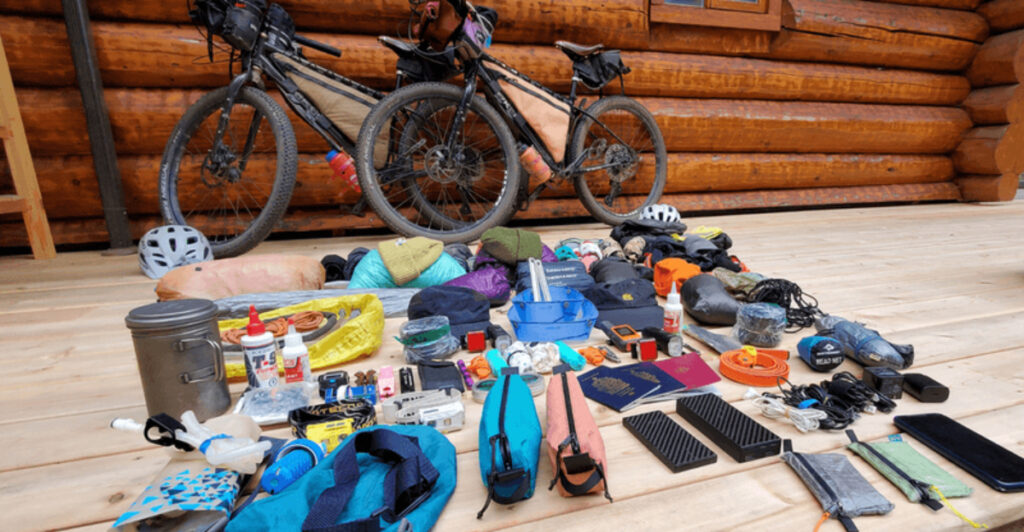Bikepacking combines the freedom of cycling with the thrill of camping, creating unforgettable outdoor adventures. This exciting activity lets you explore remote trails, discover hidden gems, and experience nature at your own pace. Planning your first bikepacking trip might seem overwhelming, but with the right preparation, you’ll be ready to pedal into your next great adventure. These essential tips will guide you through everything from choosing routes to packing smart.
1. Start Small with Beginner-Friendly Routes

Your first bikepacking adventure doesn’t need to span continents or challenge professional cyclists. Weekend trips close to home offer the perfect introduction to this exciting world.
Rail trails and gravel paths provide ideal terrain for newcomers. These routes typically feature gentler grades, fewer vehicle interactions, and predictable surfaces that won’t overwhelm beginning bikepackers.
Loop routes work exceptionally well because they eliminate transportation logistics at trip’s end. Research water sources and established campsites along your chosen path to ensure comfort and safety throughout your journey.
2. Choose Your Bike Wisely Without Breaking the Bank
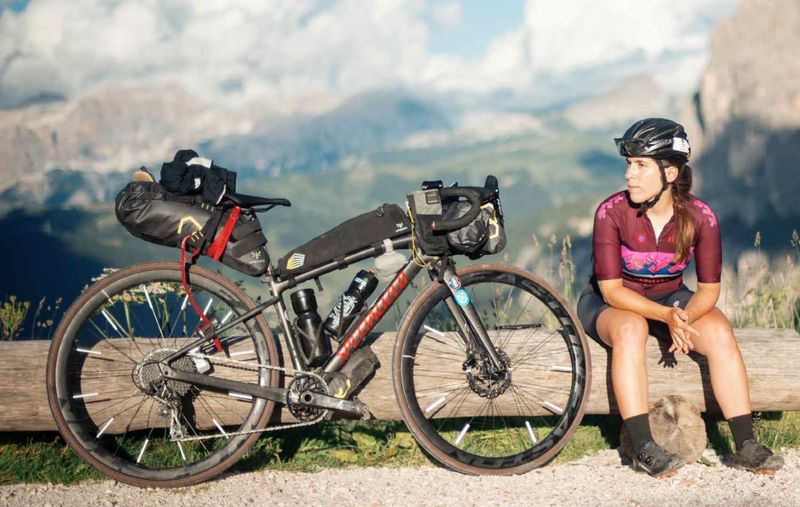
Expensive specialized bikes aren’t required for successful bikepacking adventures. Most mountain bikes, gravel bikes, or sturdy touring bicycles handle bikepacking duties admirably when properly equipped.
Strong wheels and wider tires matter more than fancy components. These features provide comfort on rough terrain and reduce the likelihood of mechanical issues during remote adventures.
Low gears become your best friend when climbing hills with loaded bikes. A comfortable saddle transforms long riding days from torture sessions into enjoyable experiences your body will genuinely appreciate.
3. Master the Art of Smart Packing
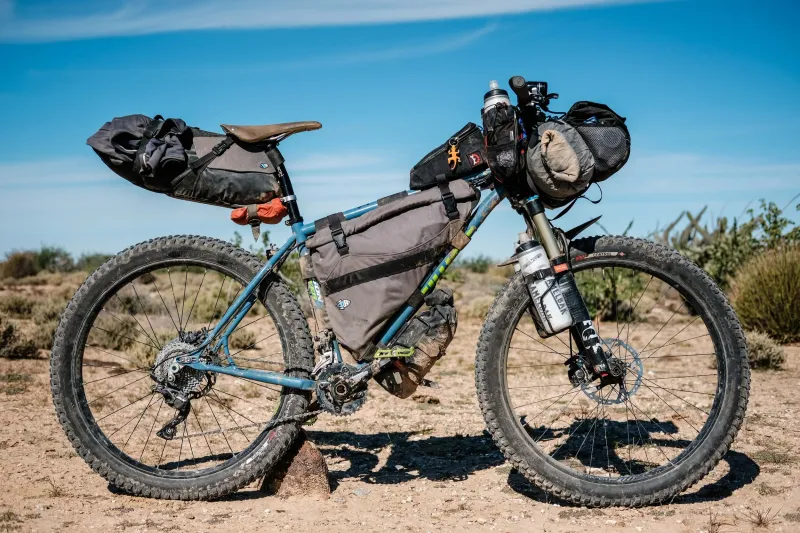
Efficient packing separates successful bikepackers from struggling beginners carrying unnecessarily heavy loads. Strategic gear placement affects bike handling and rider comfort significantly.
Frame bags hold heavy items like tools and food close to your bike’s center of gravity. Handlebar rolls accommodate bulky but lightweight gear such as sleeping bags or tents.
Seat packs work perfectly for clothing and personal items that won’t be needed during riding hours. Remember that every extra pound becomes noticeable when climbing hills, so prioritize essential items over luxury conveniences.
4. Pack Essential Gear for Safety and Comfort
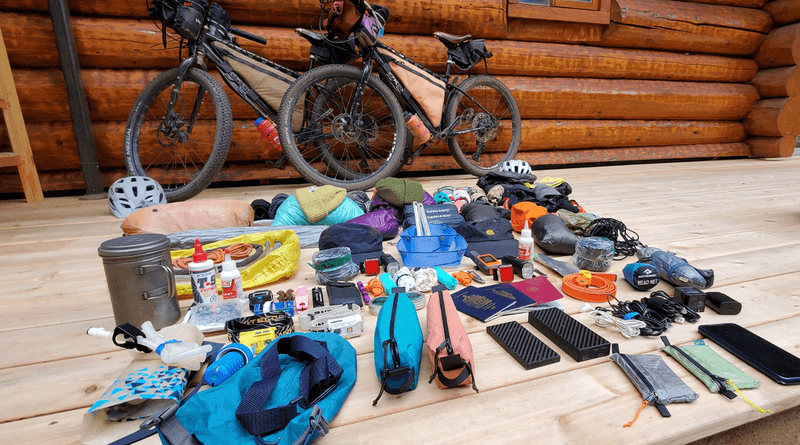
Smart gear selection keeps you safe, comfortable, and prepared for unexpected situations. Shelter options include lightweight tents, bivvy sacks, or hammocks depending on your route’s terrain and climate.
Quality sleeping systems featuring appropriate sleeping bags and insulated pads ensure restful nights. Compact cooking setups with reliable stoves, fuel, and basic utensils enable hot meals anywhere.
Navigation tools, powerful lights, portable power sources, and comprehensive repair kits prevent minor issues from becoming major problems. Always carry water purification methods and emergency food supplies beyond your planned requirements.
5. Practice Riding with Your Loaded Setup
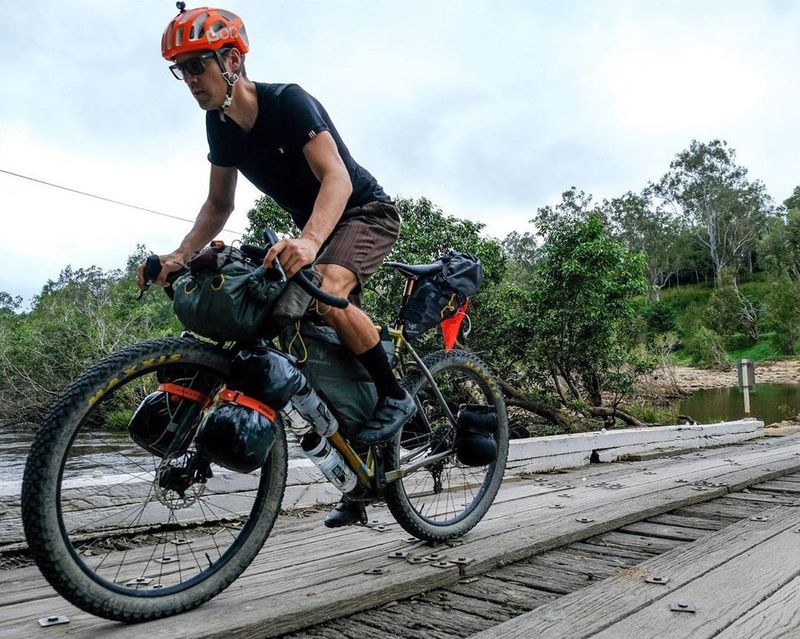
Loaded bikes handle dramatically differently than unloaded ones, requiring adjustment periods for confident control. Practice sessions around familiar neighborhoods reveal packing problems before you’re miles from civilization.
Weight distribution affects steering, braking, and cornering characteristics significantly. These test rides help identify optimal gear placement and necessary equipment adjustments.
Short practice trips build confidence and reveal forgotten essentials or unnecessary items. Consider these sessions valuable investments in trip success rather than tedious preparation chores that delay real adventures.
6. Plan Strategic Food and Water Stops
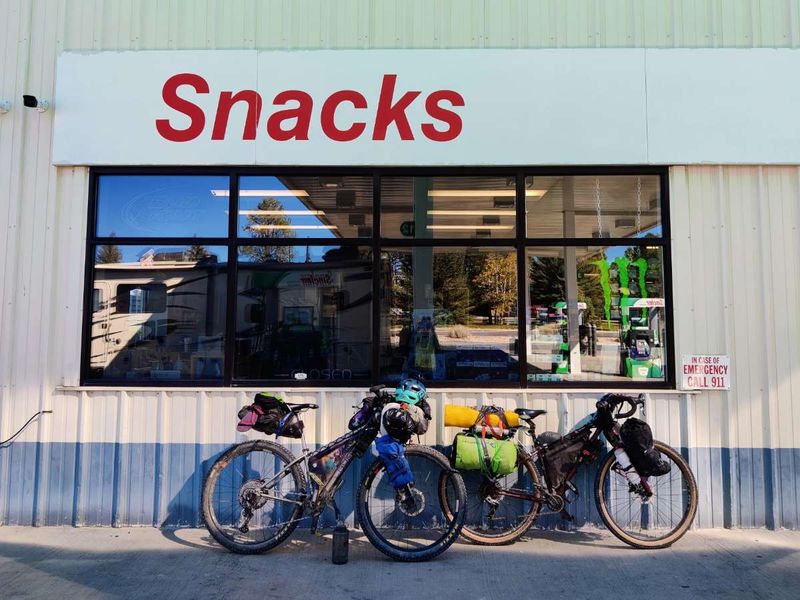
Bicycles cover impressive distances compared to hiking, enabling strategic resupply stops at towns, cafes, or country stores along your route. These breaks provide fresh food, cold drinks, and welcome social interaction.
However, complete dependence on commercial establishments creates unnecessary risks. Remote areas may have limited hours, seasonal closures, or unexpected supply shortages.
Smart bikepackers carry backup meals and extra water beyond planned stops. This redundancy ensures you’ll never face hunger or dehydration even when plans change unexpectedly during your adventure.
7. Prioritize Safety Through Preparation and Equipment
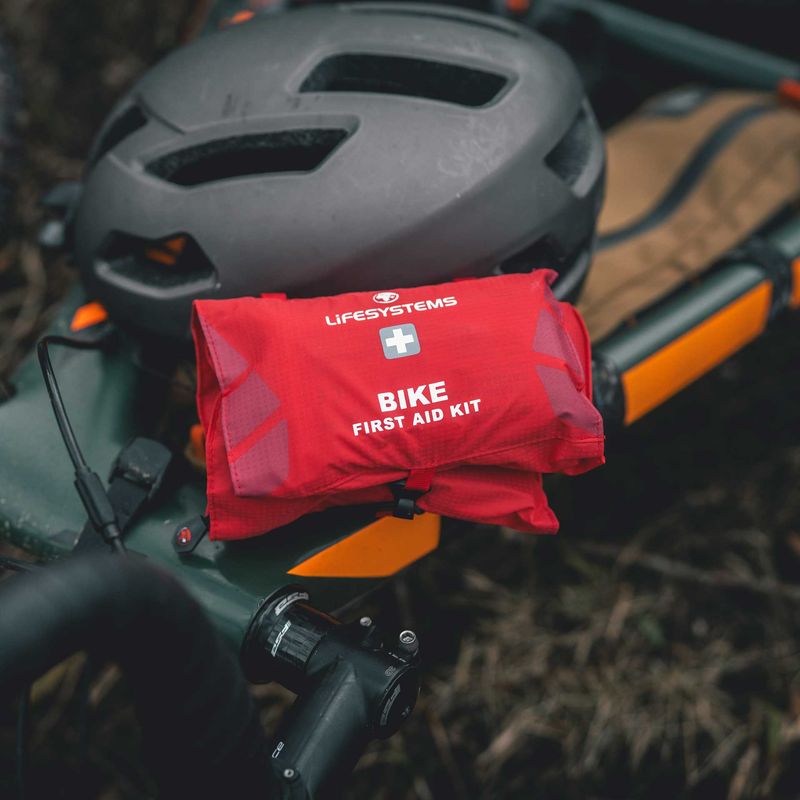
Proper safety equipment and protocols transform potentially dangerous situations into manageable inconveniences. Quality helmets and reflective clothing increase visibility and protect against accidents.
Communication plans involving trusted contacts provide security nets when adventures don’t proceed as expected. Share detailed route information and expected return times with reliable friends or family members.
Basic first aid knowledge and compact medical kits address common outdoor injuries effectively. Respect local wildlife, camping regulations, and Leave No Trace principles to ensure positive experiences for future adventurers.
8. Embrace Imperfection and Enjoy the Journey
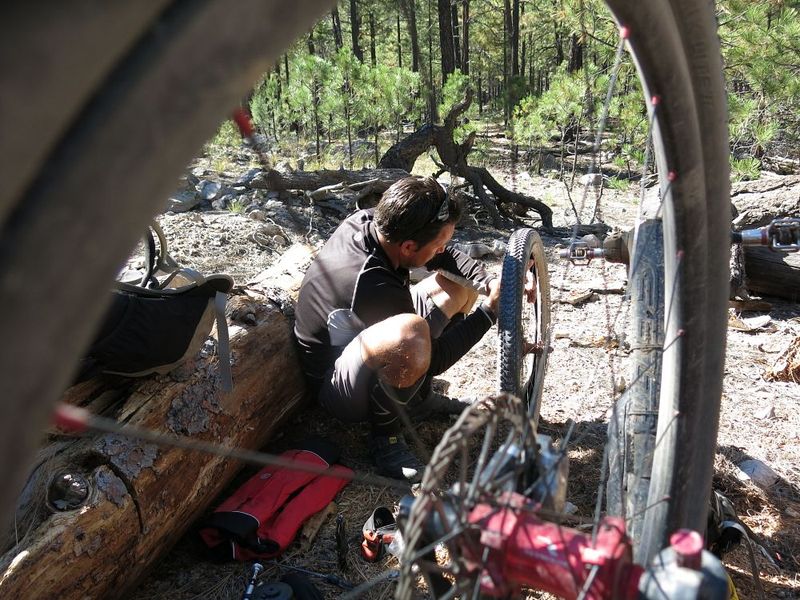
Perfect bikepacking trips exist only in magazines and social media posts. Real adventures involve flat tires, unexpected weather, route changes, and equipment malfunctions that test your problem-solving abilities.
These challenges often create the most memorable moments and interesting stories you’ll share for years. Mechanical problems teach valuable skills while weather delays reveal hidden gems you might otherwise miss.
Successful bikepackers maintain flexible attitudes and positive perspectives when plans go sideways. Remember that freedom, self-reliance, and discovery matter more than rigid schedules or flawless execution of original itineraries.

